Can you tell between a duvet vs comforter? While they serve the same purpose, there are key differences you need to take note of.
RELATED: 10 Clever Bedding Ideas To Style Your Bed
Duvet vs Comforter | What You Need to Know about Beddings
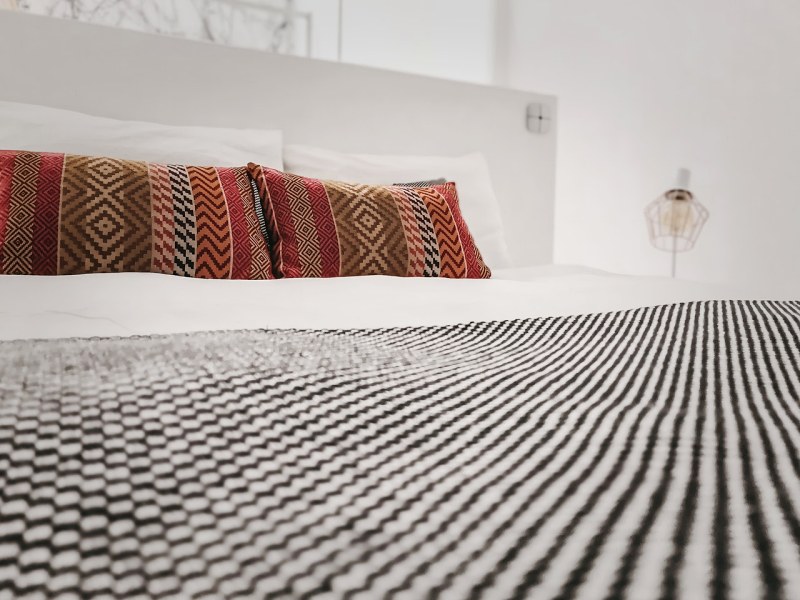
What Is a Duvet?
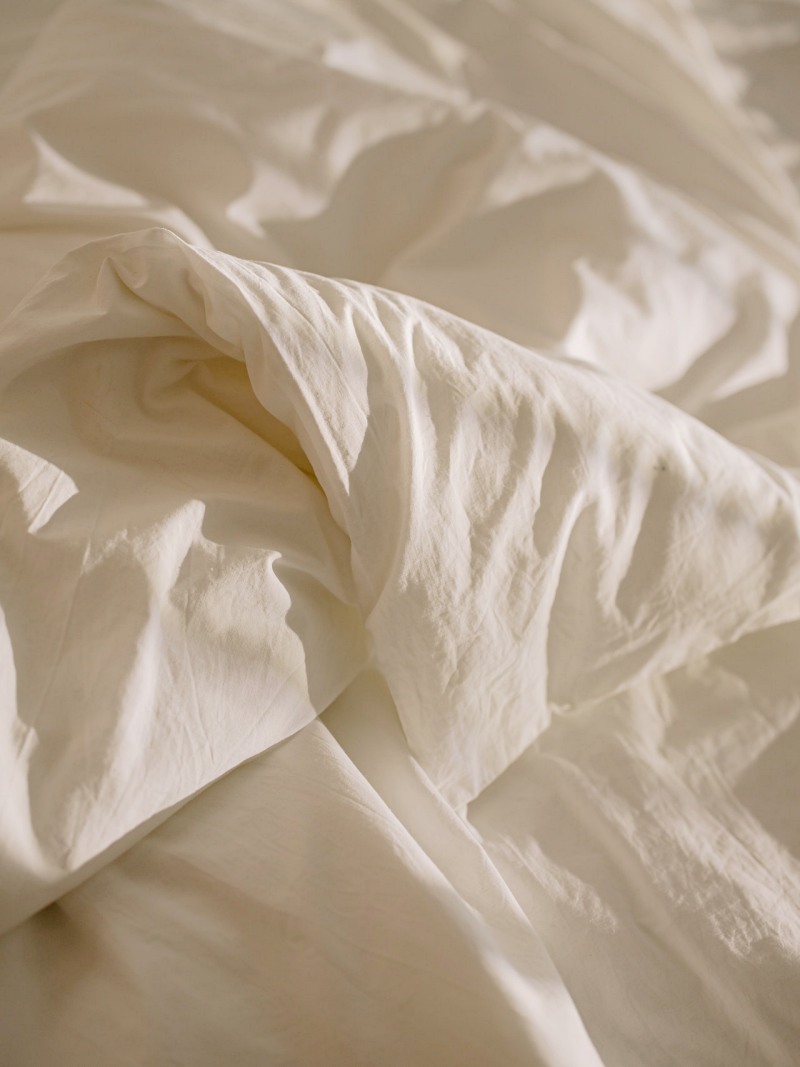
A duvet is a two-piece set. A duvet insert goes into a duvet cover, which serves as an enlarged protector or pillow case for the insert.
It’s a thick, warm, and plush blanket typically made with down or feather fillings. But you can find duvets filled with:
- polyester
- down
- down alternatives
- synthetic fiber fillings
The fills are evenly distributed in pouches, giving the duvet its plush and lofty appearance. Duvets have higher fill powers than comforters.
What Is a Comforter?

A comforter, unlike the duvet, is a single piece of bedding. It’s a quilted blanket stuffed with fibers, like:
- cotton
- wool
- silk
- synthetic fiber
Comforters are flatter and denser as their fillings are quilted into to the fabrics to keep them from shifting. Though not as lofty, comforters still give your bed a cozy and comfy appearance, doubling as a decorative bedding piece.
Duvet vs Comforter
1. Warmth & Insulation

Duvets
Fill power refers to the space the down consumes relative to the weight. It’s typically noted as cubic inches per ounce. Other manufacturers measure in millimeters per 30 grams.
Higher fill power means:
- your down duvet traps more heat, providing better insulation and warmth
- your duvet will be loftier and fluffier
- your duvet may be more lightweight
In other words, down fill power is to duvets as what thread count is to fabrics.
Comforters
As comforters are thinner and more lightweight, you can expect most comforters to be cooler than duvets. However, also take into consideration that modern comforters may contain warmer fabrics like wool.
When deciding between a duvet and a comforter, focus more on the material (shell and fill) and the manufacturer.
2. Thickness & Weight

Duvets
Duvets are typically plusher, loftier, and more pillowy than comforters. They are slightly heavier than most comforters but are in no way uncomfortably weighty.
In fact, studies show that weighted blankets—like a duvet with a heavier fill—may improve the quality of your sleep and calm your nerves.
When purchasing a duvet insert and cover, consider a combination of materials and fill power to get the comfiest and coziest result.
For warmer months, choose a duvet with a lower and moderate fill power. Pair it with a breathable and crisp cotton percale insert. But if you like the homey texture of old linen, it’s also a fantastic and breathable option and drapes beautifully over your beddings.
For cooler months, opt for duvets with higher fill power. Encase it with a flannel or fuzzy wool shell that looks as toasty as it feels.
Comforters
Comforters are thinner and thus lighter than duvets. Many sleepers prefer comforters over duvets during warmer months.
However, note that the weight and thickness of your comforter will depend on the type of fill it contains.
3. Pricing
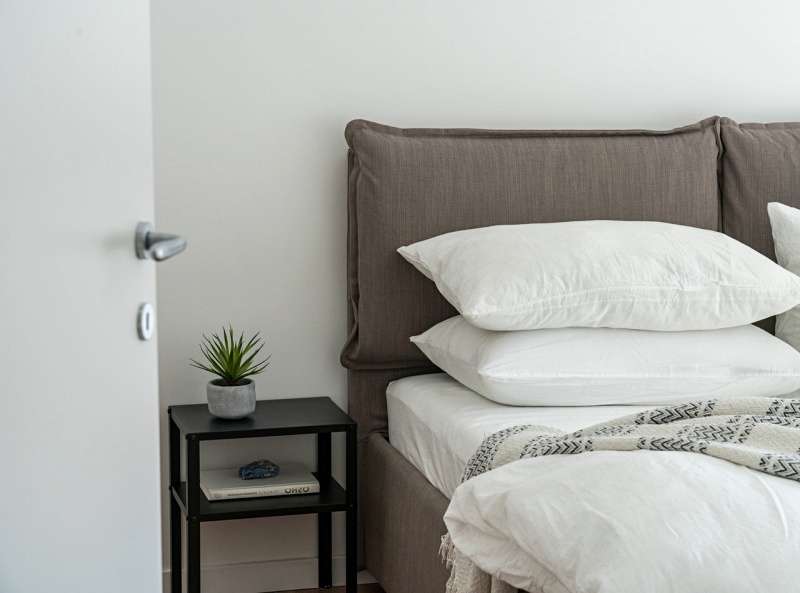
Duvets
Duvets and comforters are similarly priced. However, you need to purchase a separate duvet cover when you buy an insert. This adds to the cost of your beddings and isn’t as straightforward as buying a full set of bedding that typically includes a comforter.
Most duvet inserts are dry clean only. Fortunately, the majority of duvet covers will survive your washing machine.
Comforters
Sleepers that pay close attention to design will find buying a complete bedding set more cost-effective and convenient. Bedding sets typically come with coordinating pillow cases, bed sheets, and comforters. They do not usually come with duvet covers, so you would need to look for a matching duvet cover to match your bedding.
4. Care & Maintenance

Duvets
The beauty of a duvet is that you can get away with just washing the thin duvet cover.
Most duvet inserts are dry clean only. Fortunately, the majority of duvet covers will survive your washing machine. The duvet insert itself doesn’t need much washing and will survive with the occasional spot cleaning.
And because you don’t wash the insert often, it’s easier to maintain its integrity and potentially lengthen its lifespan. Accidental spill on the bed? Simply remove the duvet cover and replace it with a fresh one.
If you do need to wash the duvet insert, be sure to follow the care instructions. Many manufacturers recommend washing the duvet insert every three to five years.
Comforters
Comforters, without the protective barrier of a cover, need to be washed as often as you wash your beddings. Because of their filling, comforters gain a lot of water weight when washing.
If you wash your beddings regularly but don’t want to deal with heavy materials, one bedding hack is to wrap your comforter with a duvet cover.
Some comforters are machine washable and others are dry clean only. How to wash them depends on their make and will vary per brand.
RELATED: Relaxing Bedroom Ideas For A Comfortable Slumber
Duvet vs Comforter vs Coverlet

Another bedding piece you may confuse with a duvet or comforter is a coverlet.
A coverlet is a thin piece of fabric that is meant to be laid above all your beddings as the finishing touch of your aesthetic bed. It can be used as a thin blanket, but it is mostly treated as a decorative piece. In a hotel, you’ll mostly find it folded and delicately draped across the foot of the bed.
You may not need both a duvet and comforter over the same bedspread, but you can lay a coverlet over either blanket to add a sophisticated touch to your bedroom.
Neither One Is Better than the Other
In the battle of duvet vs comforter, neither one is better than the other. Ultimately, the prime difference between a duvet and a comforter is its structure.
Duvets and comforters (and even coverlets) have closely similar purposes but are different pieces of bedding. While traditional duvets are made of feather or down, we’re seeing more and more manufacturers fill them with down alternatives and other synthetic fibers. Comforters are also being made more lightweight, and insulated, and mimic the plush exterior of a duvet.
You can find duvets and comforters with comparable or equivalent quality and thickness. There are comforters that carry the plush feel of duvets and some that even fit into duvet covers. Brands now offer duvets that keep you cool during the summer and warm in winter.
Whether you choose a duvet or a comforter will come down to have frequently you wash your beddings, change the design of your room, and how much convenience matters to you. But in terms of warmth, coziness, and design aesthetics, they are both premium options.
Which do you think reigns supreme between duvets vs comforters? Do you have a personal favorite? Share your thoughts with us in the comments section below! We’d love to hear from you.
UP NEXT:

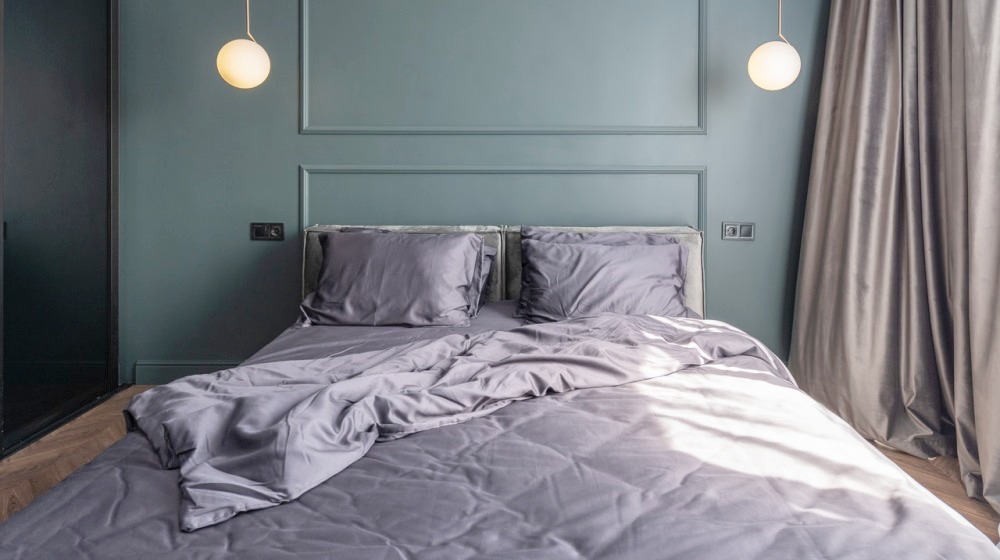








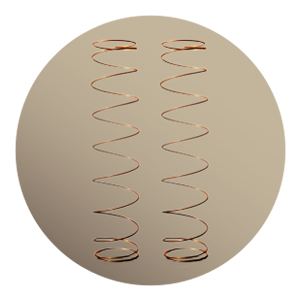
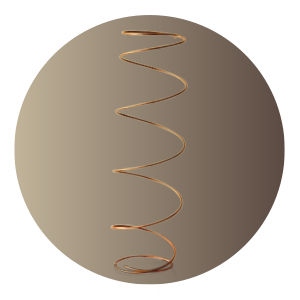
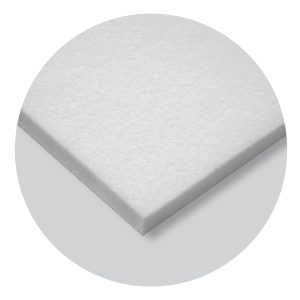
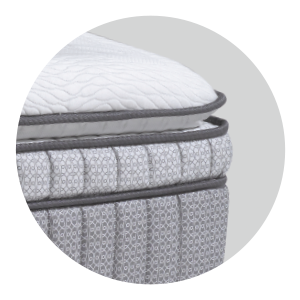
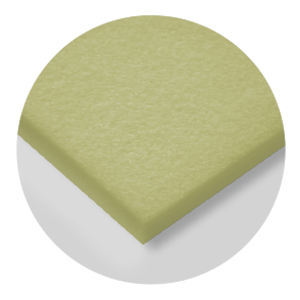
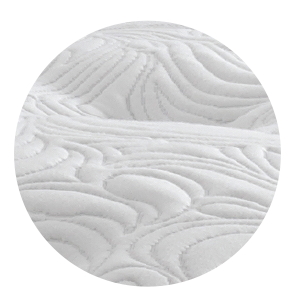
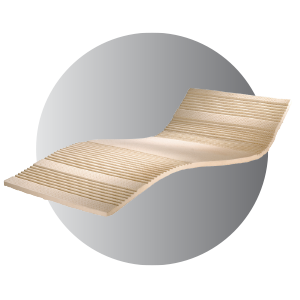
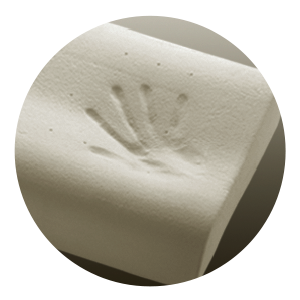
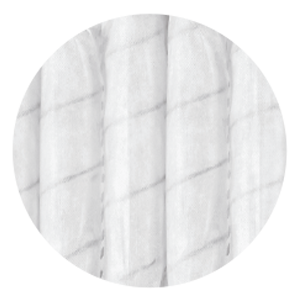
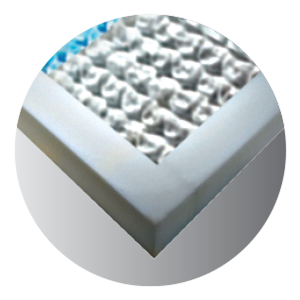
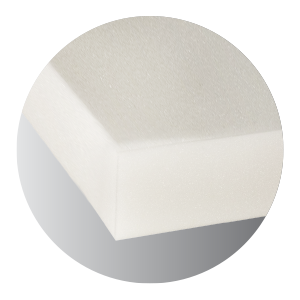

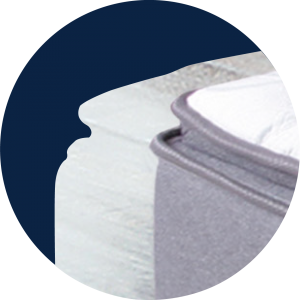
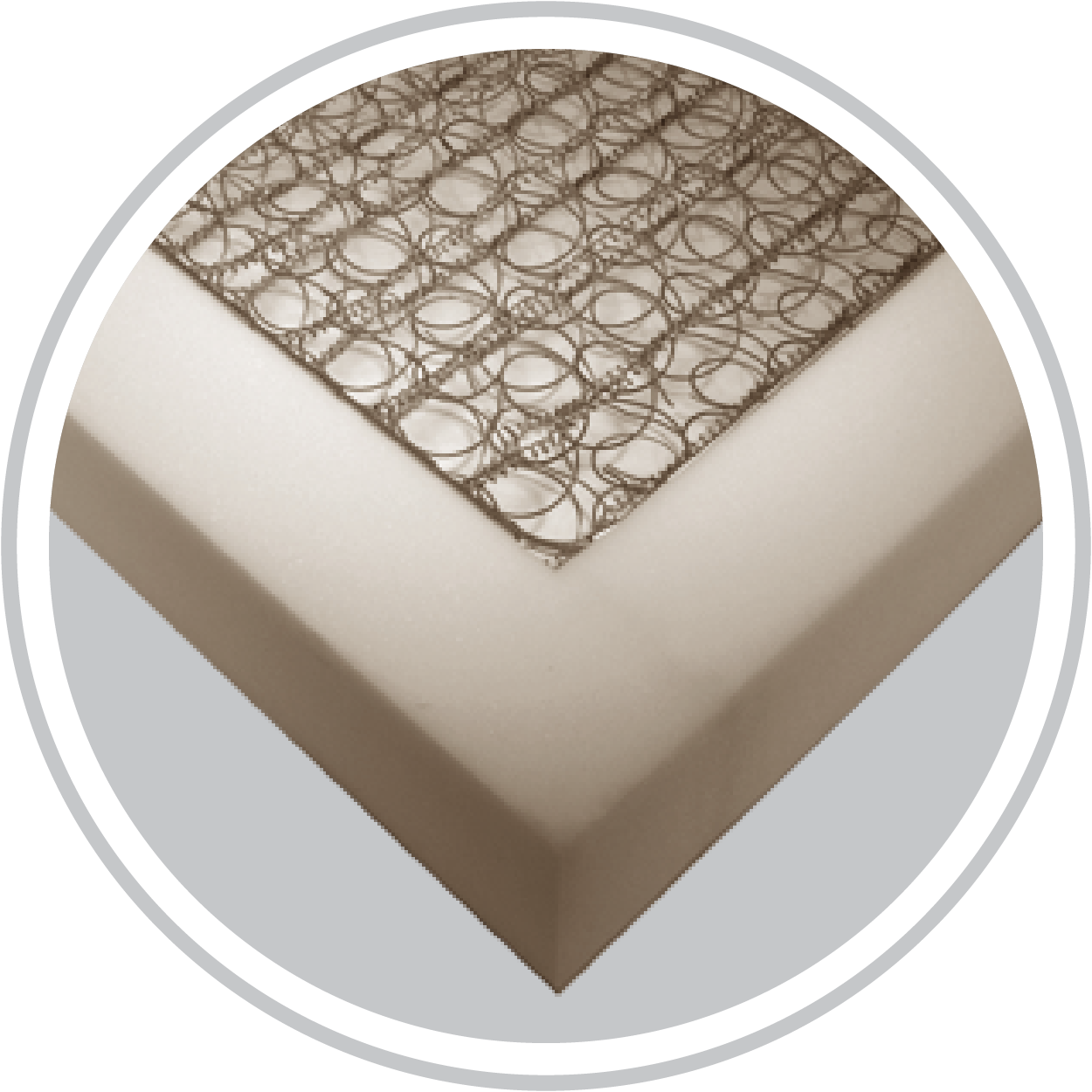
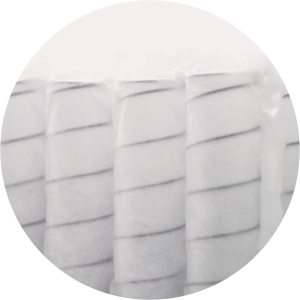
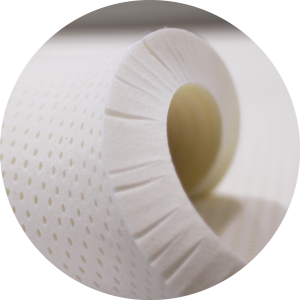
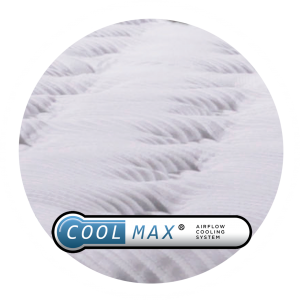
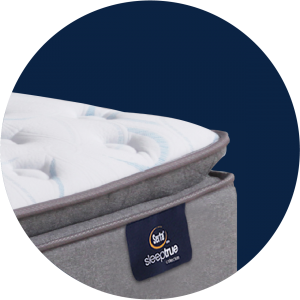
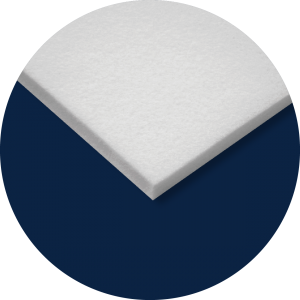
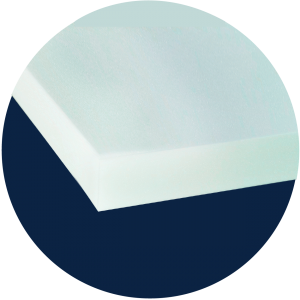
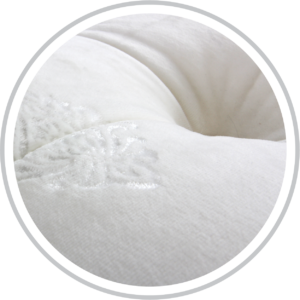
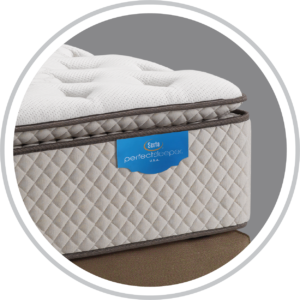
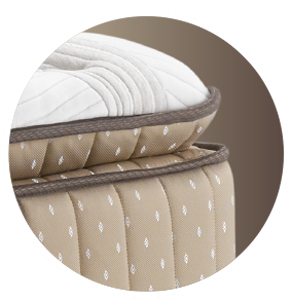
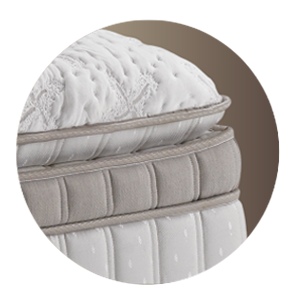
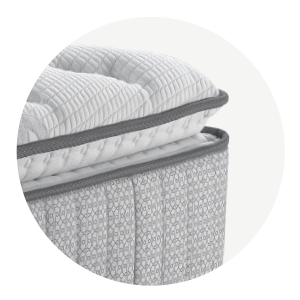
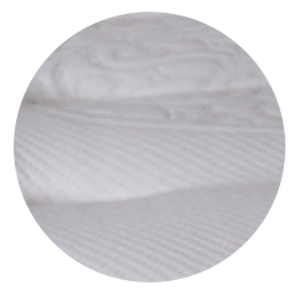
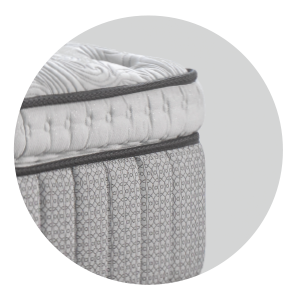
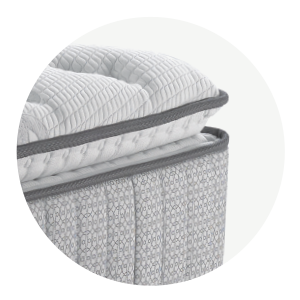

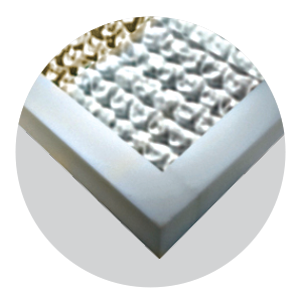
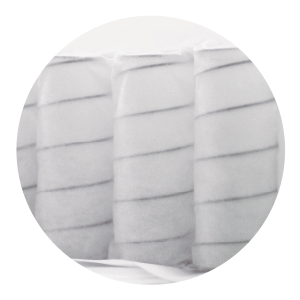
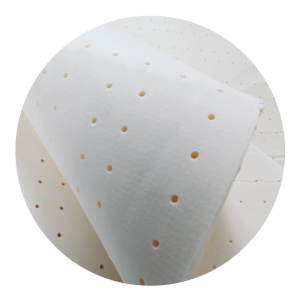
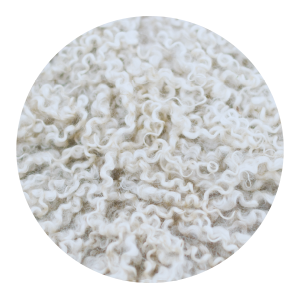
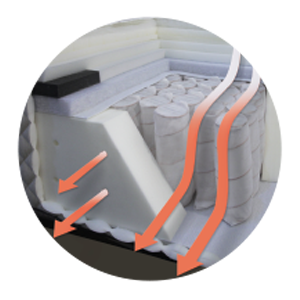
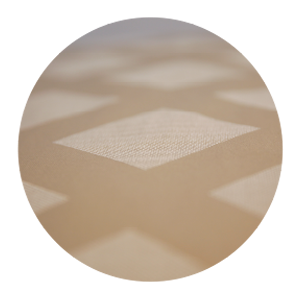
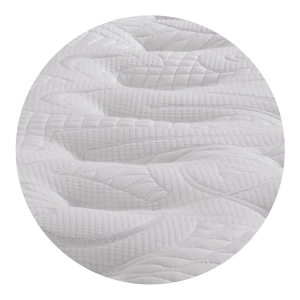
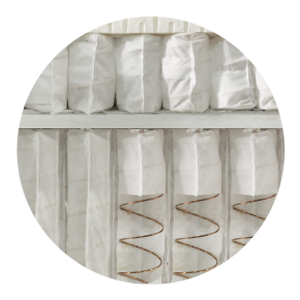
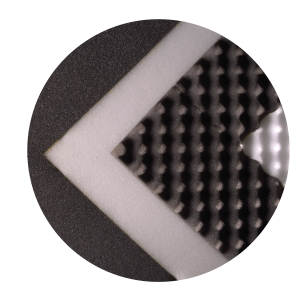

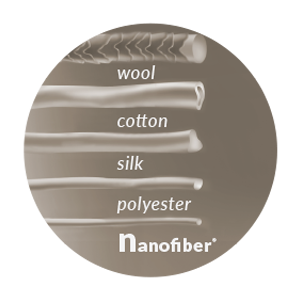
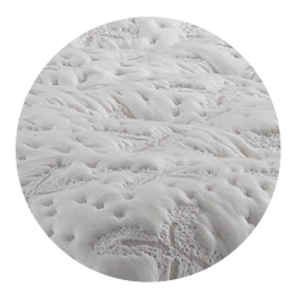
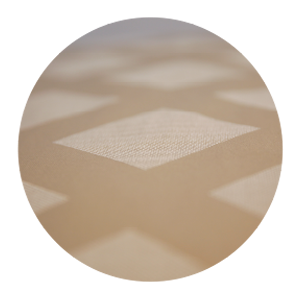
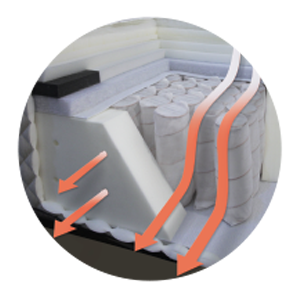
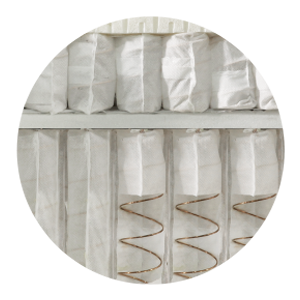
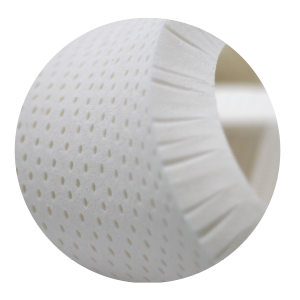
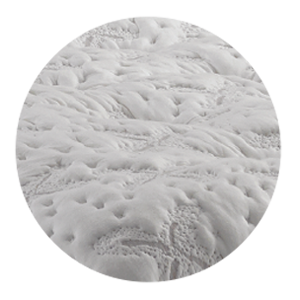
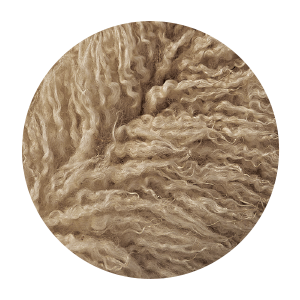
0 Comments